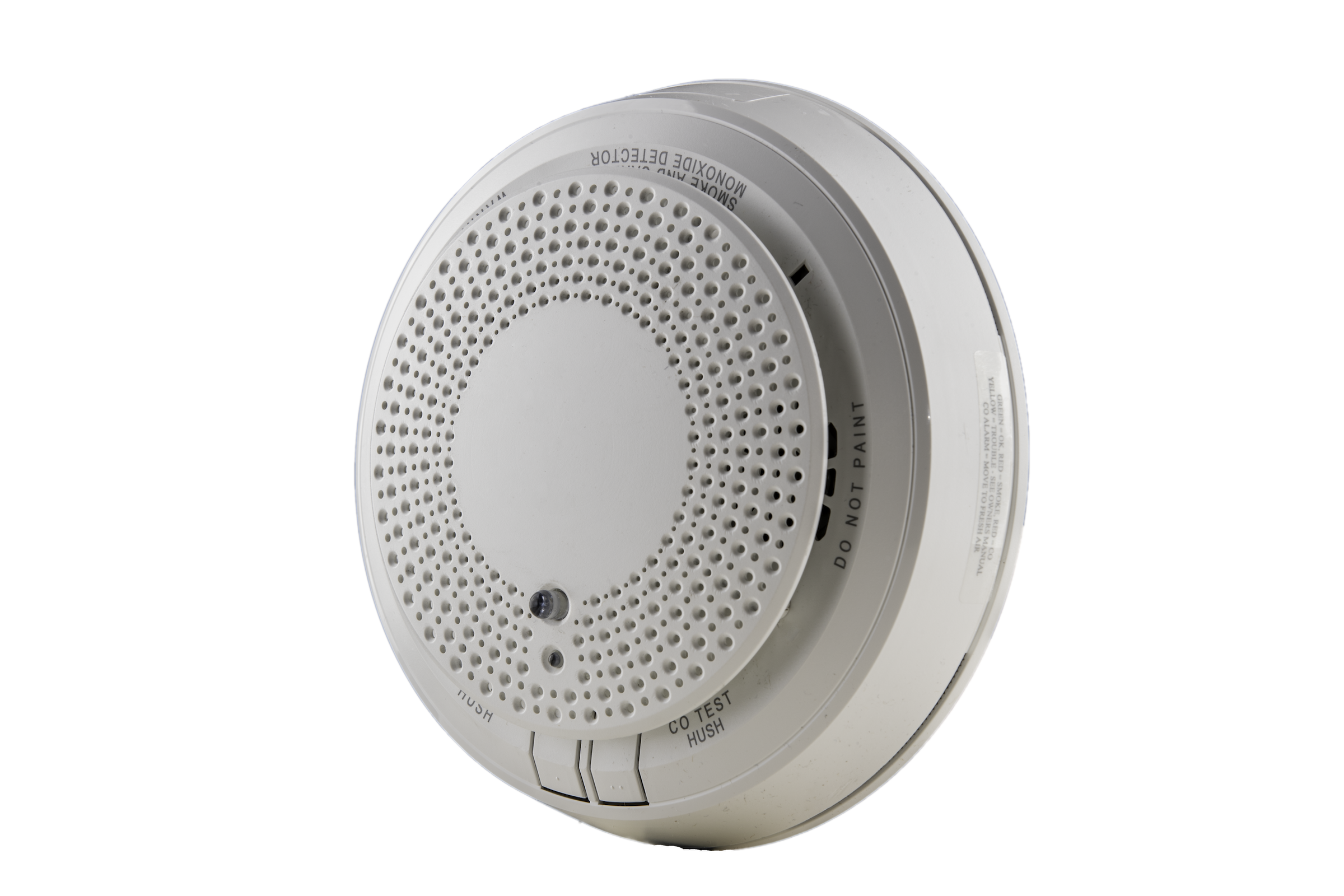What is Carbon Monoxide?
Carbon monoxide (CO) is an odorless, tasteless, and invisible gas that can come from many outdoor and indoor sources in the home. Carbon monoxide poisoning is when there are leaks or high levels of carbon monoxide in the air, especially in an enclosed area, where people or pets might breathe it in.
It is important to know what produces carbon monoxide in the home so that you can be prepared with carbon monoxide detectors and alarms to prevent CO exposure.
Carbon Monoxide Sources
Where does carbon monoxide pollution come from? Sources of carbon monoxide can come from many different household appliances and equipment. Some of these sources produce toxic levels of carbon monoxide when in an enclosed space and some produce carbon monoxide when malfunctioning.
- Water heaters (gas): Carbon monoxide can be released in the home if there is something blocking proper ventilation in the vent pipe or chimney preventing exhaust gases to rise up and out. Improper installation of a gas water heater is the most common cause of a carbon monoxide leak.
- Furnaces or boilers: Older furnaces might have poorer ventilation and are at risk of a carbon monoxide leak. When operating correctly, CO gas is safely vented out of your home through the flue pipe. When flue pipes are blocked or the combustion process is malfunctioning causing backdraft, the CO gases cannot escape.
- Fireplaces and chimneys (gas and wood-burning): The best way to prevent carbon monoxide leaks caused by fireplaces is to maintain proper ventilation through the chimney and ventilation pipes.
- Clothes dryer: Many homeowners are unaware that their dryer emits carbon monoxide. A clogged dryer vent can prevent CO from properly venting through the dryer vent to the outside air.
- Stoves and ovens (gas and wood-burning): Make sure the vent is aimed slightly upward. It helps if you have a well-ventilated kitchen area. Do not heat your home with your gas stove/oven.
- Motor vehicles: If your car, or other gasoline-powered vehicles, is in an attached garage, then it is good to be aware that it can cause carbon monoxide poisoning. Never warm up your car in the garage even if the garage door is open. It doesn’t take long for carbon monoxide to build up, which can then leak into your home.
- Gas-powered equipment: Gas-powered equipment includes, but is not limited to, grills, generators, power tools, lawnmowers, and other lawn equipment. Do not operate gas-powered engines or tools indoors or even in partially enclosed spaces.
- Space heaters (kerosene and gas): Do not use space heaters that are not working properly. If you use fuel-burning space heaters, make sure they are in well-ventilated areas. Electrical space heaters are not in danger of producing carbon monoxide.
Symptoms of Carbon Monoxide Poisoning
Now that you are aware of the most common carbon monoxide sources, let’s look at what can happen if a carbon monoxide leak occurs. The effects of carbon monoxide poisoning can quickly become fatal for people and pets. Symptoms can vary whether or not the level of carbon monoxide is low or high, but it’s important to be aware of symptoms so you can quickly take action.
Low-level concentration:
Symptoms can include tension-like headaches, fatigue, tiredness, confusion, mild nausea, dizziness, and/or shortness of breath. The longer you are exposed to low levels of carbon monoxide, the worse these symptoms will get.
High-level concentration:
More severe symptoms, when exposed to a high level of carbon monoxide, can include intoxication, vertigo, fast heartbeat, loss of coordination, chest pain, muscle spasms or seizures, and/or loss of consciousness. Death can occur within minutes. If you are experiencing these symptoms and worried that they might be from a carbon monoxide leak, make sure all members of the household exit the home immediately.
Preventing Carbon Monoxide Leaks in the Home
When you take a few simple precautions, you can prevent a dangerous carbon monoxide leak in your home. Remember to never heat your home with your gas oven or stove, make sure rooms are well ventilated, and make sure sources of carbon monoxide are properly installed and maintained.
The most important thing you can do to prevent a carbon monoxide leak is to install carbon monoxide detectors throughout your home. Carbon monoxide detectors will start to beep when they detect dangerous levels of carbon monoxide in the home. With a carbon monoxide detector from SafeStreets, you won’t have to worry about what the beeps mean because it will instantly send a notification to your connected devices. All carbon monoxide detectors from SafeStreets also come equipped with these additional benefits:
- Wireless capabilities for versatile installation and ease of use
- Electrochemical sensors detect carbon monoxide even at its lowest level
- 24/7 ADT monitoring
- Instant notification if a detector has been tampered with
- Professional installation
Stay Safe with SafeStreets
Carbon monoxide is the silent killer. Every homeowner worries about a carbon monoxide leak in their home. Fix the problem as soon as a leak occurs with SafeStreets’ carbon monoxide detectors. Whenever one of your carbon monoxide detectors detect a leak, you will receive instant notifications on all of your connected devices. Get in touch with our Smart Security Pros to learn more about our carbon monoxide detectors. Get a free quote today!

